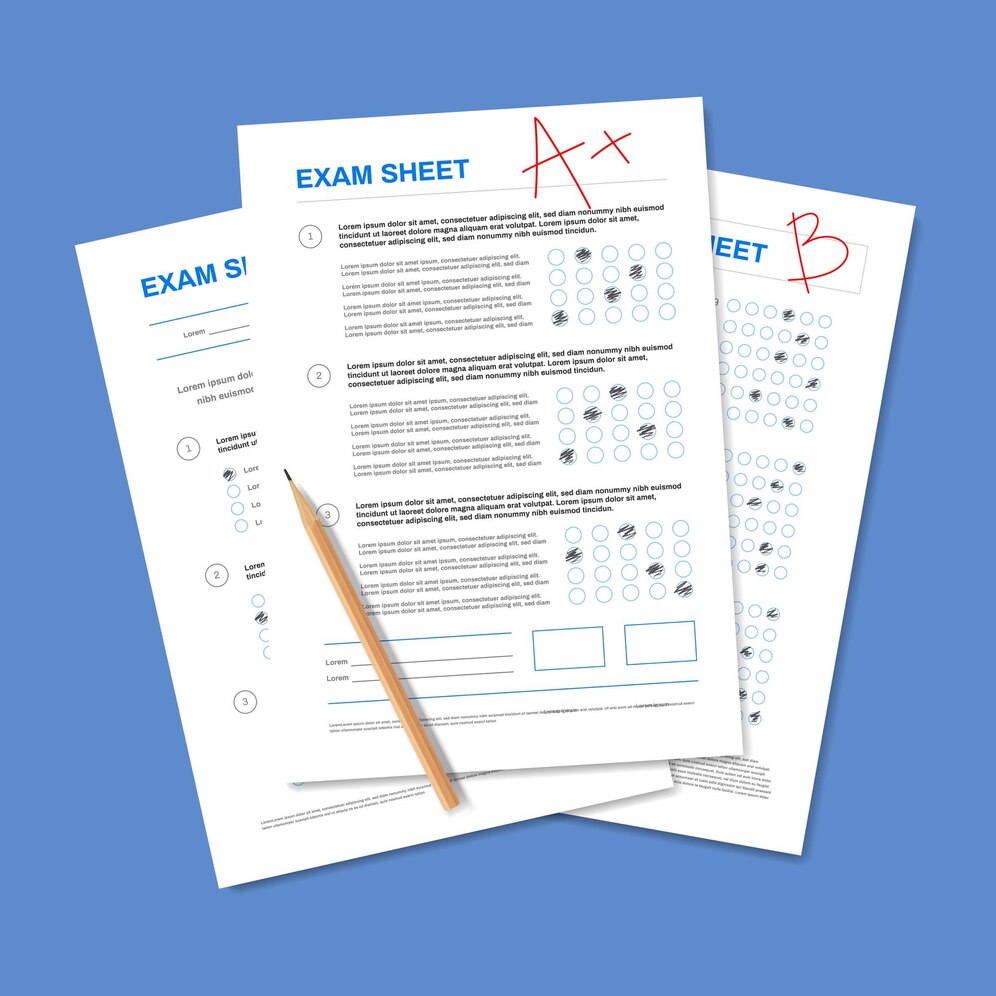The IELTS (International English Language Testing System) and CELPIP (Canadian English Language Proficiency Index Program) are both widely recognized English language proficiency tests, but they have different structures and formats.
IELTS:
- Sections: IELTS consists of four sections: Listening, Reading, Writing, and Speaking.
- Listening: This section includes four recordings of native English speakers and a series of questions that test your understanding of main ideas, specific information, and the speaker’s attitude and purpose.
- Reading: The reading section contains three long passages with questions that assess your ability to comprehend main ideas, details, and opinions, as well as your ability to understand logical arguments.
- Writing: There are two writing tasks in the IELTS. Task 1 requires you to describe and interpret data from a graph, table, chart, or diagram. Task 2 is an essay where you present an argument or discuss a problem.
- Speaking: The speaking test is a face-to-face interview with an examiner. It is divided into three parts: introduction and interview, long turn, and discussion.
CELPIP:
- Sections: CELPIP has four sections as well: Listening, Reading, Writing, and Speaking.
- Listening: This section includes eight parts, each containing a different type of listening task, such as listening to conversations, taking notes, and answering questions.
- Reading: The reading section consists of four parts, including reading correspondence, reading to understand and analyze information, and reading for information and reading for viewpoints.
- Writing: CELPIP’s writing section has two tasks. Task 1 is writing an email and Task 2 involves responding to survey questions in text form.
- Speaking: The speaking test is also face-to-face with a computer. It includes eight speaking tasks covering various scenarios such as describing a scene, providing advice, and expressing opinions.
Key Differences:
- Format: While both tests have similar sections, they differ in the types of tasks within those sections. CELPIP’s speaking section, for example, is entirely computer-based, while IELTS includes a face-to-face interview.
- Content: The content of the tasks also varies. For instance, CELPIP’s writing section focuses more on practical tasks like email writing, whereas IELTS includes more traditional essay writing.
- Scoring: Both tests use different scoring systems, and the scoring criteria might differ slightly as well.
- Recognition: While both tests are recognized internationally, IELTS tends to be more widely accepted globally, while CELPIP is primarily used in Canada for immigration and citizenship purposes.
Ultimately, the choice between IELTS and CELPIP depends on factors such as your location, the purpose of taking the test, and personal preference. It’s essential to research and understand the specific requirements of the institutions or organizations you’re applying to before deciding which test to take.









